
Boxes of Narcan, shown here, were stocked on a shelf at a Target in Southern Indiana in October. The products cost $45 and had anti-theft devices on them. Narcan can reverse an opioid overdose, and the medication recently became available for sale without a prescription.
Morgan Watkins / Side Effects Public MediaEarlier this year, Narcan became the first naloxone product to get federal approval for over-the-counter status. That means prescriptions officially are no longer required to buy them, although states across the country previously established workarounds so people could get naloxone without a traditional prescription.
Actual over-the-counter sales of Narcan began in September.
“It really improves the chances that people are going to actually go into a store and buy the medication, either for them or for family members or friends that are at risk of an overdose,” said Héctor Hernández-Delgado, a staff attorney for the National Health Law Program.
For now, the product’s manufacturer, Emergent BioSolutions, has announced shipments to major big-box pharmacies and grocery stores. But Narcan’s new over-the-counter status opens up the possibility that one day it will be stocked on shelves not only in big chain pharmacies but also in gas stations and other shops.
However, just because Narcan is an over-the-counter medication now, it doesn’t mean people will always find it sitting out on a shelf. Especially since the manufacturer’s suggested retail price is $44.99 for a two-dose box.
Side Effects Public Media canvassed stores in Louisville and Southern Indiana to see where Narcan is available over-the-counter. Small independent pharmacies and gas stations did not have it. But a local Walgreens stocked the medication behind the front cash registers, while a Kroger and a CVS displayed it behind the pharmacy counter. A Target shelved pink boxes of Narcan alongside other common meds. The boxes had anti-theft devices on them that an employee has to remove. Meanwhile, a local Walmart had placed Narcan out on a shelf with no anti-theft locks.
Ben Goldman, a community health administrator for the Louisville Metro Department of Public Health and Wellness, said he’d like to see access to Narcan made as low-barrier as possible.
“The goal with over-the-counter would be that it just becomes another over-the-counter medication that you could pick up without any preparation,” he said.
For many of the most vulnerable people, a major barrier is the cost to buy Narcan. Studies suggest that lower socioeconomic status and being uninsured were associated with an elevated risk of overdose deaths. People from minority racial groups are also up to two times as likely to experience an overdose death than White people, according to the U.S. Centers for Disease Control and Prevention. The same data also shows that “overdose death rates in older Black men were nearly seven times as high as those in older White men in 2020.”
To help people most at risk of an overdose, Louisville’s public health department distributes naloxone products for free to local residents. So do many other government and nonprofit organizations across the country.
“I don't anticipate that a large number of people who are at high risk of experiencing [an] overdose or witnessing an overdose are going to access over-the-counter naloxone,” Goldman said. “I think we're likely to be the provider of first and last resort, still.”’
People at risk of an overdose live in every neighborhood, he said. Synthetic opioids like fentanyl are driving overdose deaths up across the U.S., and virtually any unregulated drug — including non-prescription pills or stimulants like cocaine — could contain them.
If someone does experience an overdose, a friend or passerby can use naloxone to save their life.
“Carrying Narcan is one of the most neighborly things that you can do,” Goldman said. “When people know that they have this one small step that they can take to protect people, it is empowering.”
For people buying Narcan at a store, their health insurance plan — if they’re insured — may pay some or all of the cost, according to Hernández-Delgado of the National Health Law Program.
It’s common for health insurance plans not to cover over-the-counter medications. But Hernández-Delgado expects many insurers will still cover Narcan for insured people.
“It just varies and depends from plan to plan, but we’re seeing a lot of plans explicitly saying, ‘We’re going to cover over-the-counter naloxone,’” he said.
He also said some states need to take procedural steps to ensure their Medicaid programs will cover over-the-counter Narcan.
Community-based distribution efforts remain vital
Even with the advent of over-the-counter naloxone products like Narcan, public health and harm reduction advocates said programs that meet people where they are and give out naloxone at no cost will remain vital.
“We’ve been able to provide naloxone in the communities for so many years, for free,” said Shreeta Waldon of the Kentucky Harm Reduction Coalition. “We start putting a price tag on a medication that’s used to save lives … we create a barrier.”
More than anything else, Waldon said that Narcan being over-the-counter next to common cold meds and sleeping pills will show people the medication is a normal and necessary tool.
“It’s about normalizing. It’s about de-stigmatization,” she said. “That is what I see this as. That this is a step towards us destigmatizing what overdose prevention is, what health is — centering health.”
Waldon said the coalition and other harm reduction programs have spent years building pathways for people to obtain naloxone.
She hopes over-the-counter availability of naloxone won’t reduce grant money for those community-based distribution efforts.
Dr. Eric Yazel, the chief medical director for Indiana EMS, agrees. He leads the Clark County health department, which helps provide free local access to naloxone.
Yazel said making naloxone products available over-the-counter is a “huge net positive” for communities. But it’s just one avenue for access.
“I do think it's important to stress what we're doing out there so that people realize that these two initiatives need to go hand in hand: Over-the-counter access at pharmacies, and continued public distribution,” he said.
Side Effects Public Media is a health reporting collaboration based at WFYI in Indianapolis. We partner with NPR stations across the Midwest and surrounding areas — including KBIA and KCUR in Missouri, Iowa Public Radio, Ideastream in Ohio and WFPL in Kentucky.
9(MDAyMzk1MzA4MDE2MjY3OTY1MjM5ZDJjYQ000))
 DONATE
DONATE


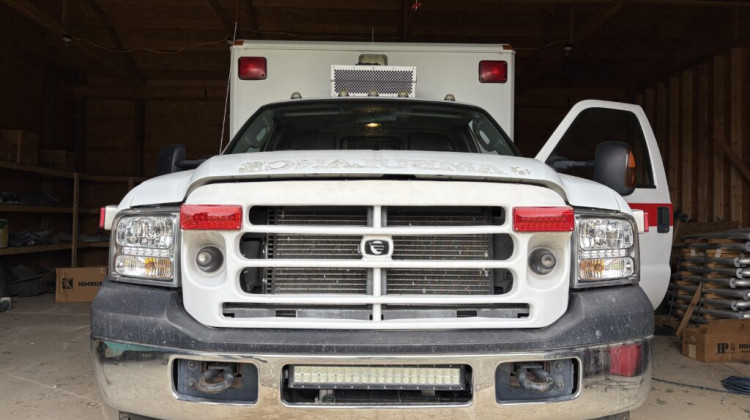
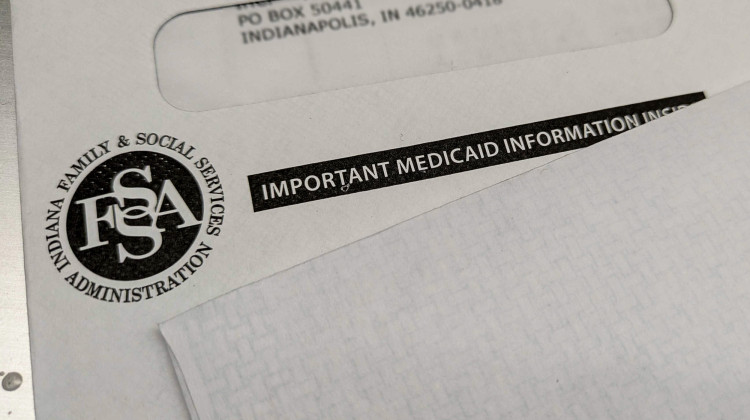
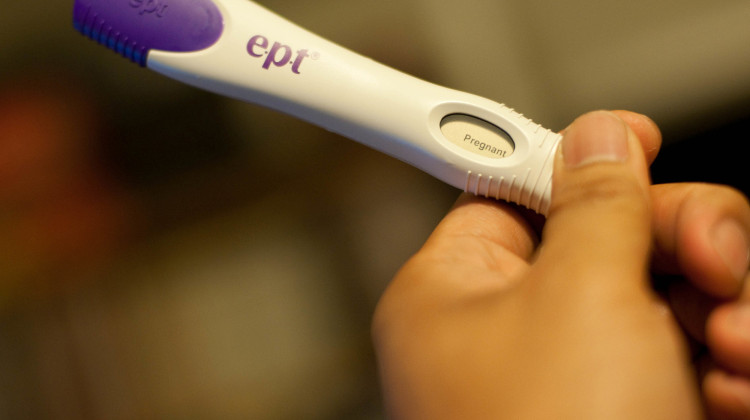
 View More Articles
View More Articles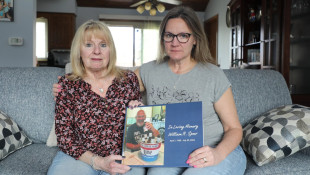
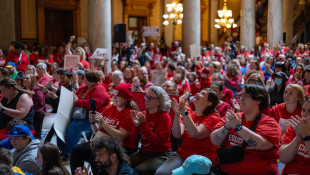

 Support WFYI. We can't do it without you.
Support WFYI. We can't do it without you.